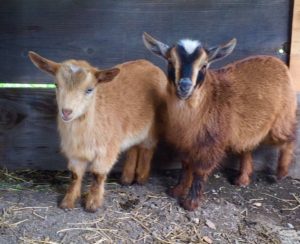-
Prettiest Wildflowers in Monterey County, From A-Z
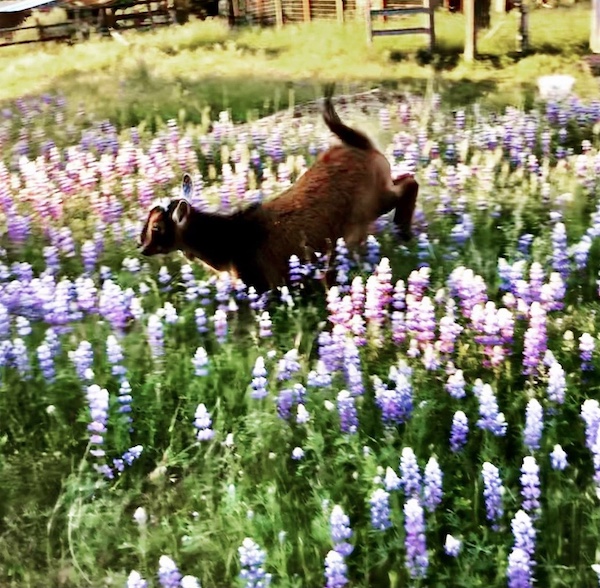
In the spring, life begins anew here in Monterey County. It is definitely my favorite time of year, because everything is lush and green, baby animals, birds, and butterflies begin to appear, and of course, my beloved wildflowers begin to bloom. I first became interested in wildflowers because I found so many on my farm as well as when I was hiking locally. Here is a list of what I think are the prettiest wildflowers in my neck of the woods, from A-Z.

A is for Amaryllis belladonna, also known as Naked Ladies. These bright pink lilies don’t appear until the leaves disappear, hence the name. It’s always magical when they begin blooming! I took this photo a few years ago at my farm. I now have many more because I keep dividing them!
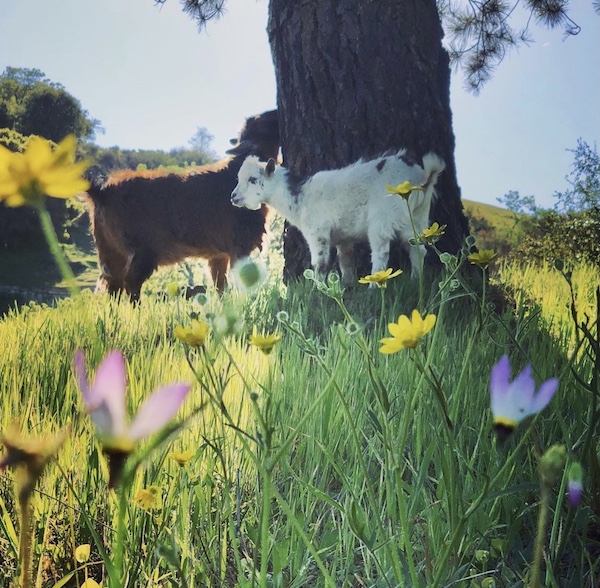
B is for Buttercup. The California Buttercups arrive soon after the Shooting Stars appear here on the farm.
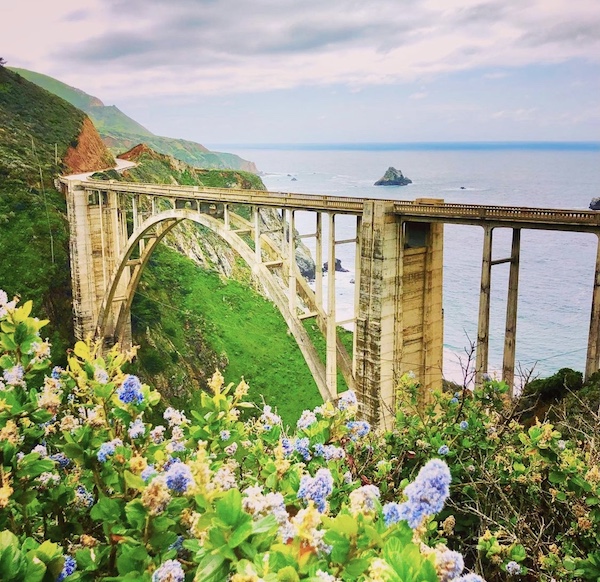
C is for Ceanothus, or California Lilac. Here you see them growing near Bixby Bridge, in Big Sur. I also have them at the farm and the bees just love them!
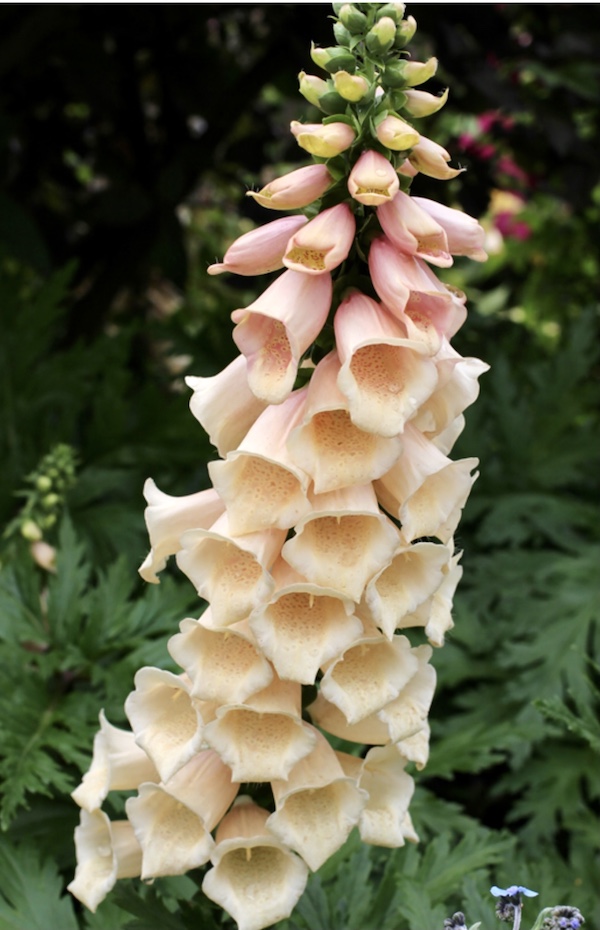
D is for Digitalis, also known as Foxglove. One thing I love about these is that gophers leave them alone! They are prettiest when grown in groups.

E is for Elegant Canyon Clarkia. Just too gorgeous for words.
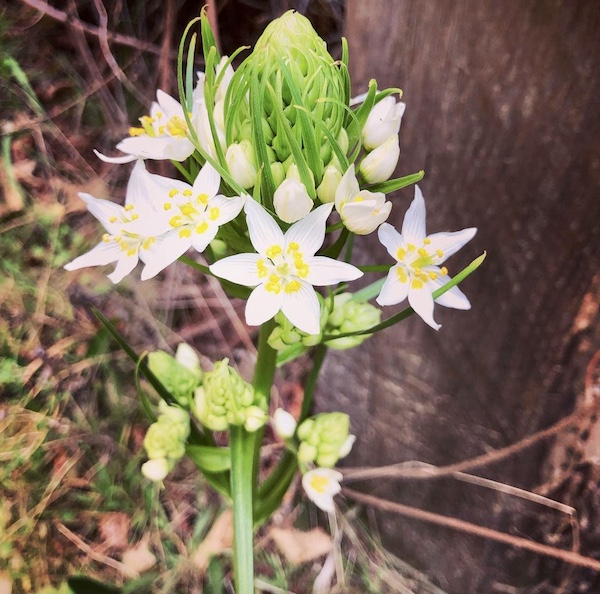
F is for Fremont’s Star Lily. I took this photo at Partington’s Cove in Big Sur.

G is for Golden Star, all known as Pretty Face. These also grow wild along my road.
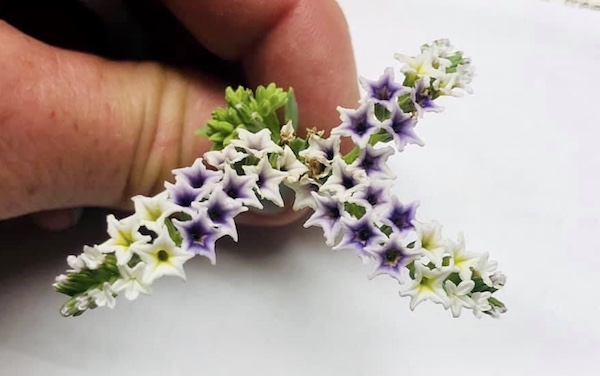
H is for Heliotrope, also know as “Seaside” Heliotrope, although this was way out here in the pastures of heaven! I just think they are so cool, how about you?

I is for Iris. Their vibrant shade is just gorgeous. You see these often down in Big Sur.

J is for Johnny Jump Ups, also known as California Golden Violets. They appear on my farm every year.

K is for Kniphofia, also known as Red-hot Poker Plant. These tall orange spikes look like candles and are quite stunning in large groups. This photo was taken near Delmonte Beach in Monterey.

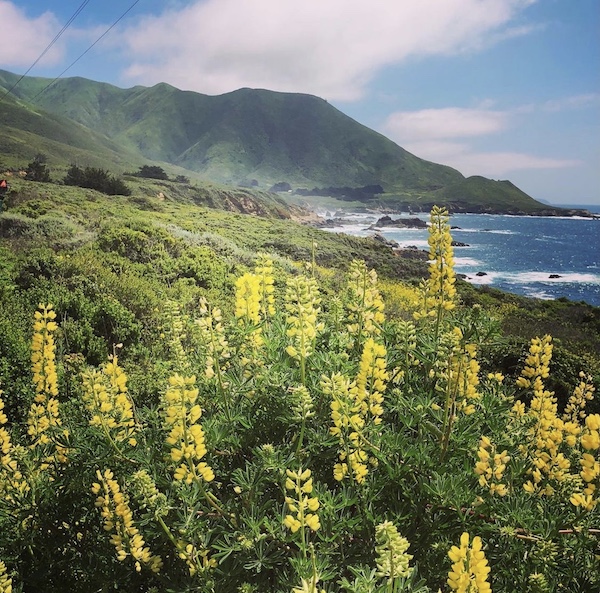
L is for Lupines. Whether purple or yellow, they are so, so pretty. They change my farm into a magical fairy tale every spring, as long as we have enough rain! Sasha enjoys posing amongst the lupines in the countryside near our farm. The second photo is of yellow lupines in Big Sur. Note that it is not the more invasive French Broom, the leaves are a giveaway.

M is for Morning Glories. I love these pink and white ones I found growing along the trail above Garrapata State Beach in Big Sur.
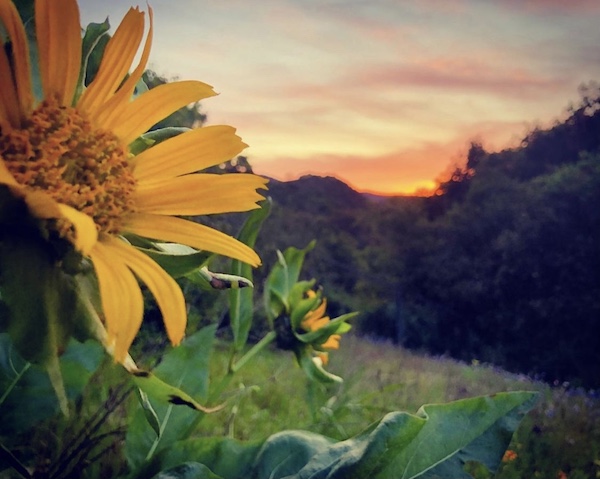
M is also for Mule Ears. They look like sunflowers. This photo was taken at my farm.
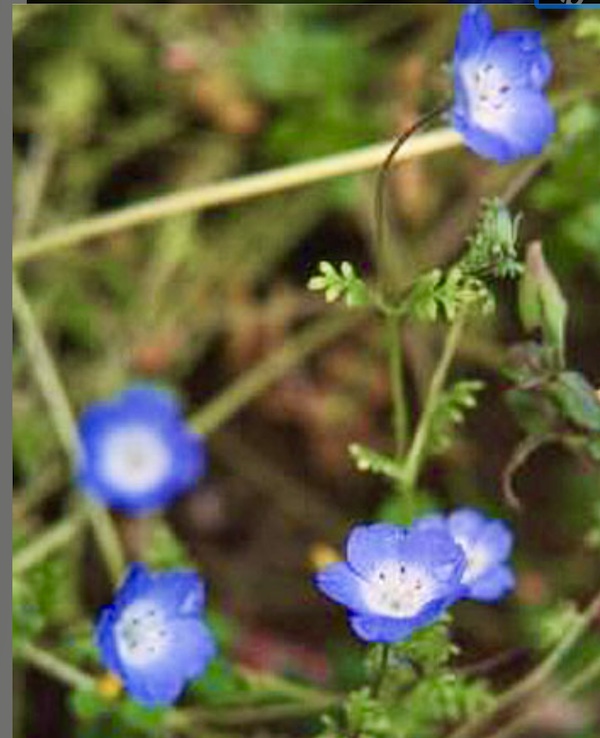
N is for Nemophila, commonly called Baby Blue-eyes. These are my favorite spring wildflowers because I just love the color!
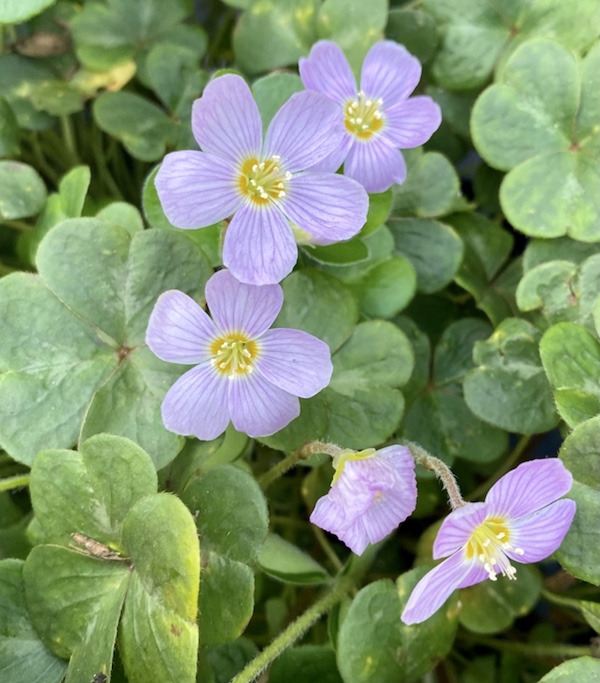
O is for oxalis, also known as Redwood Sorrel. An interesting fact about Redwood Sorrel is that when the leaves are in direct sunlight, they will start to shrivel and fold down. This is because too much sun can harm the shade loving plant.
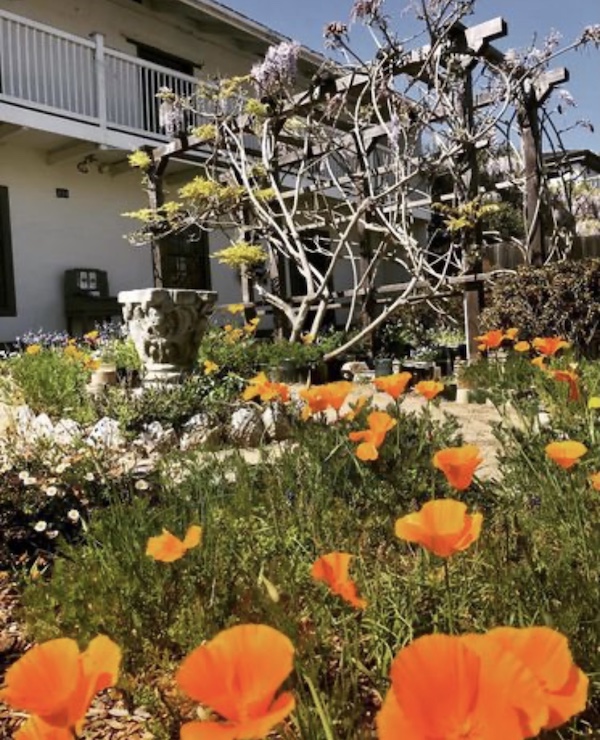
P is for Poppies. California poppies proliferate at Casa Soberanes in Monterey.

P is also for Padre’s Shooting Star, the first flowers to bloom at my farm in the spring! I adore them!
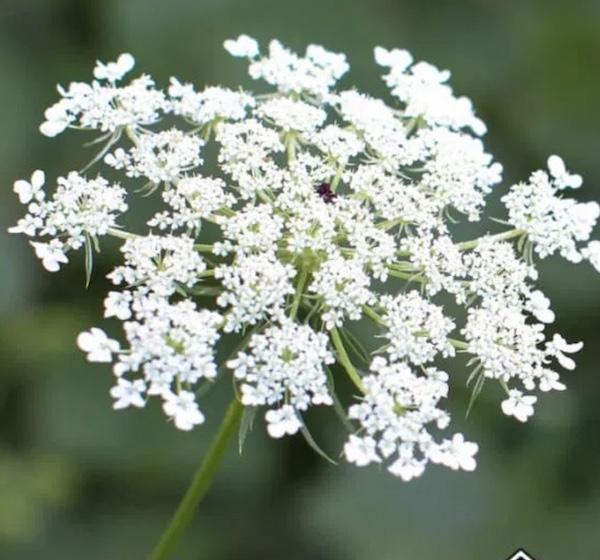
Q is for Queen Anne’s Lace. Named after the ornate lace once worn by the queen of England, this wildflower is beautiful but also quite invasive.

R is for Wild Radish. Also known as Sea Radish, White Charlock and Jointed Charlock, this is in the family Brasicaceae. This photo was taken at Lovers Point in Pacific Grove.
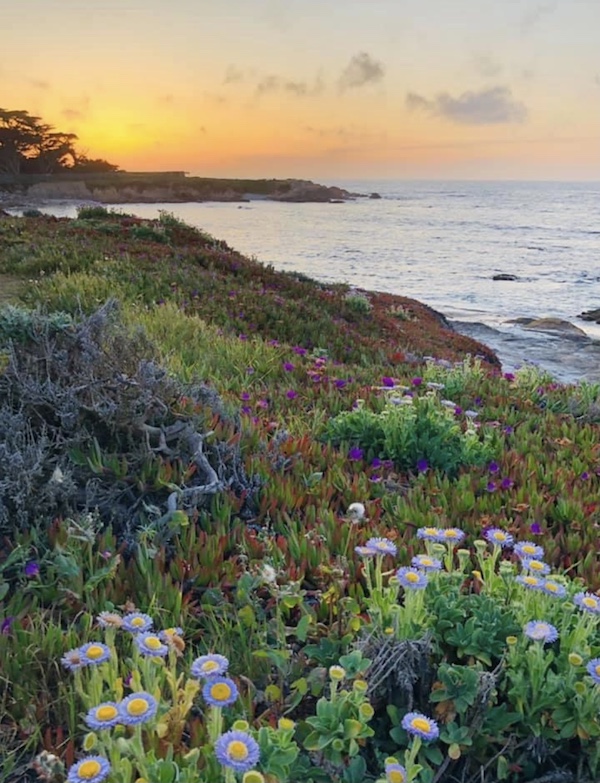
S is for Seaside Daisies. Pebble Beach is the prettiest at sunset, especially when there are wildflowers.

S is also for Sea Statice. Love the crisp color of these blooms with the ocean as a backdrop. This is near Delmonte Beach in Monterey.

T is for Thistle. This photo was taken just north of Rocky Point in Big Sur.
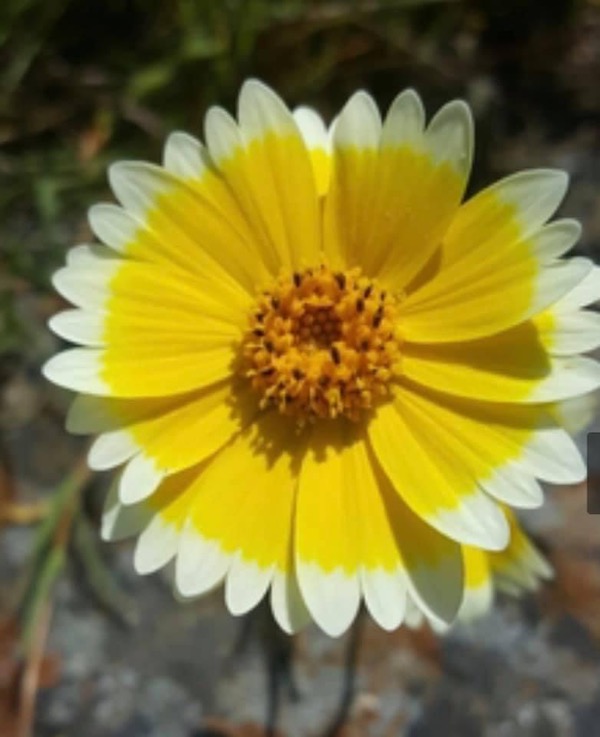
T is also for Tidy Tips. These grow in the pasture near my neighbor’s home. I think these are just the prettiest tiny flowers!

U is for Uropappus, also known as Lindley’s Silverpuffs. They kind of look like dangerous dandelions. Regular dandelions turn from butter yellow to fuzzy white balls that you can make a wish on. These flowers turn into seed needles, and would be considered highly ineffective for wish making. They are, nonetheless, very pretty, (in a scary way).
.

V is for Vinca. This photo was taken at Ragged Point in Big Sur. The monarch butterflies were loving it!
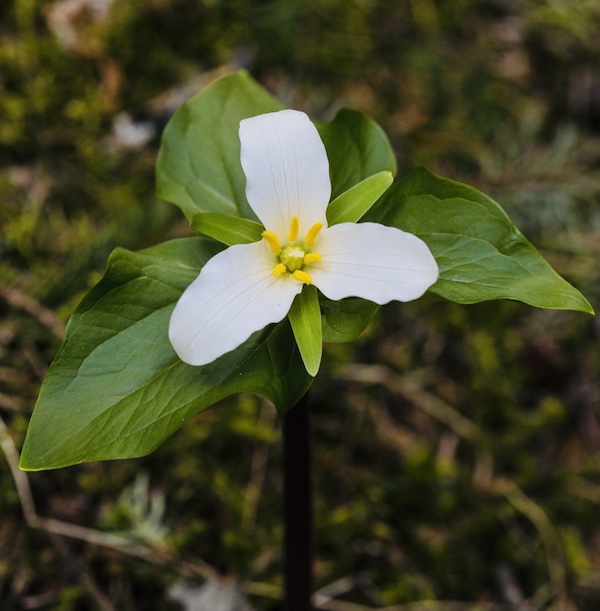
W is for Wakerobin, also known as Western Trillium. It loves moist, shady, wooded areas.
X….so I will admit, I had a heck of a time trying to think of a local wildflower beginning with the letter x. I did some research, and success! Apparently Xerophyllum tenax, also known as Bear Grass and Indian basket grass, grows here in Monterey County! I don’t have any photos, but for more information, see Xerophyllum tenax. I learned that this plant is important for fire ecology. Apparently, is has rhizomes that survive during fires and it thrives with periodic burns. Who knew??
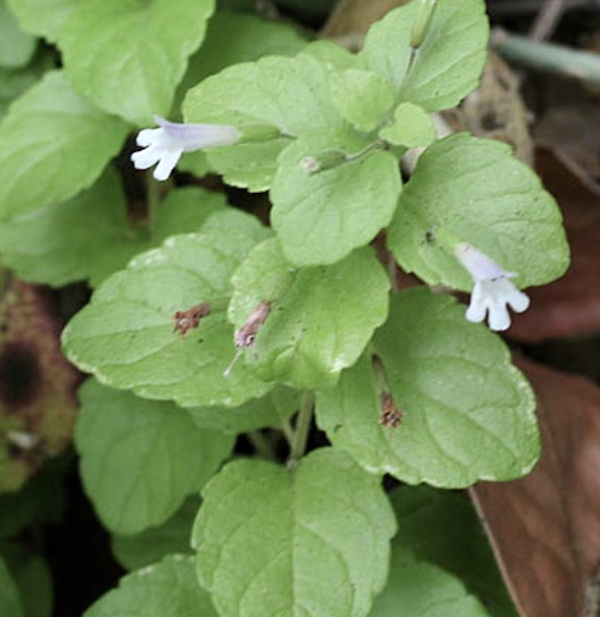
Y is for Yerba Buena. It may not be the prettiest, but it made my list because it’s still important. My friend Brian always points this out to me while hiking. For those of you who love to drink it in tea, here is what it looks like in nature!
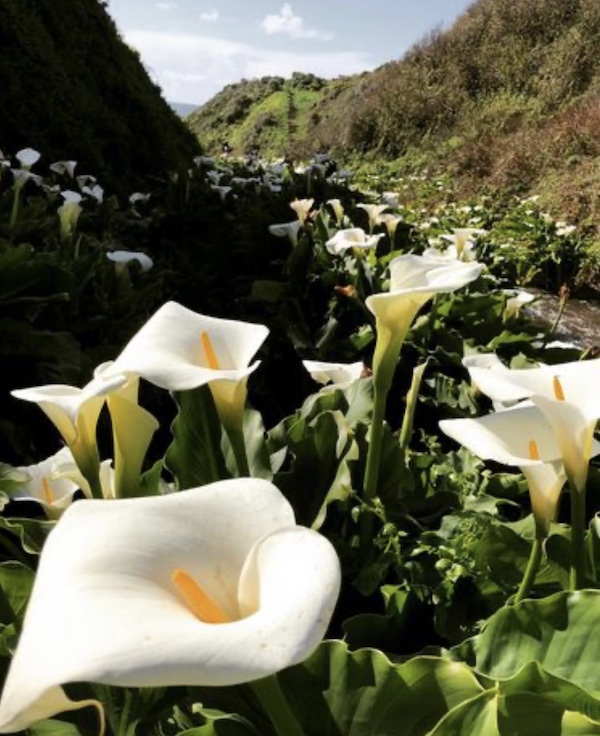
Z is for Zantedeschia aethiopica, also known as Calla Lily. My favorite place to see them in the spring is Calla Lily Valley in Big Sur. This is one of the prettiest places to visit in Monterey County!
There are so many wildflowers out there I have yet to find. I love them not only for their beauty, but also for their enchanting names. Who wouldn’t love flowers called “Witches’ Teeth”, “Yawning Penstemon” and “Snouted Monkeyflower”?
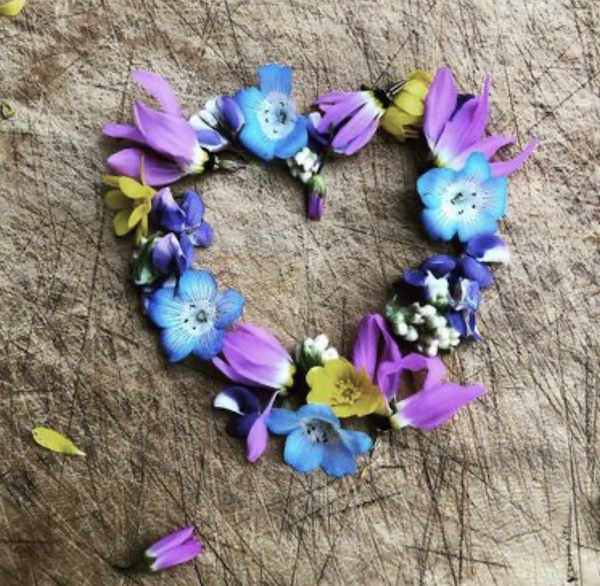
Thank you for visiting my blog! I hope you enjoyed viewing the prettiest wildflowers in Monterey County. I would love to hear which are your favorites! You may enjoy learning more about our wildflowers by reading Monterey County Wildflowers, A Field Guide, by Rod M. Yeager, MD and Michael Mitchell. You may also enjoy Seven Best Places for Wildflowers in Monterey County! Wishing you peace, joy, happiness, and beautiful vistas!
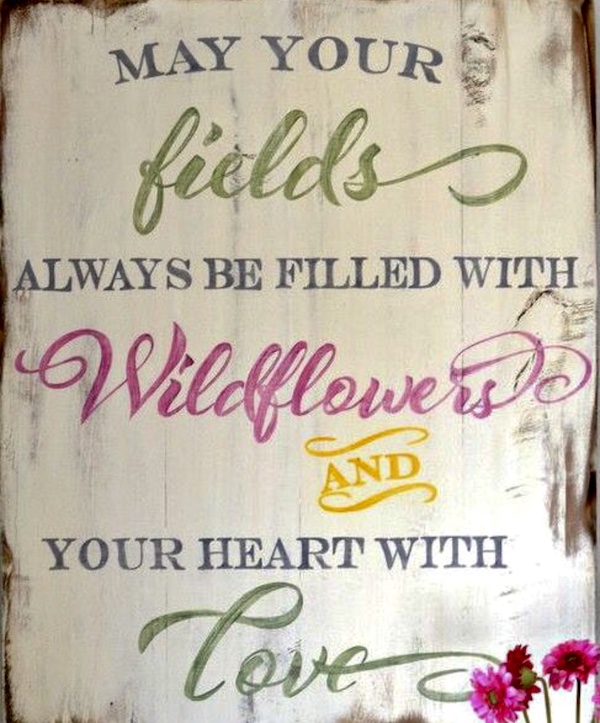
Source: pinterest.com -
Seven Best Places for Wildflowers in Monterey County!
It’s spring in Monterey County, and that means wildflowers! As both a hiker and a flower lover, I am always excited this time of year to watch for the profusion of blooms. You can see nearly every color in the rainbow along the coastline, in the canyons, and everywhere in between. Here is a list of some of my favorite places to see wildflowers in my neck of the woods.1. Corral de Tierra. Located midway between Salinas and Monterey, Corral de Tierra is well known for its pastoral beauty. In the spring it features many beautiful wildflowers. There is an abundance of wildflowers along both Corral de Tierra and San Benancio roads as well as at my farm here, including morning glories, shooting stars, jonquils, and lupines. Corral de Tierra is an amazing place to hike and bike and admire these gorgeous blooms.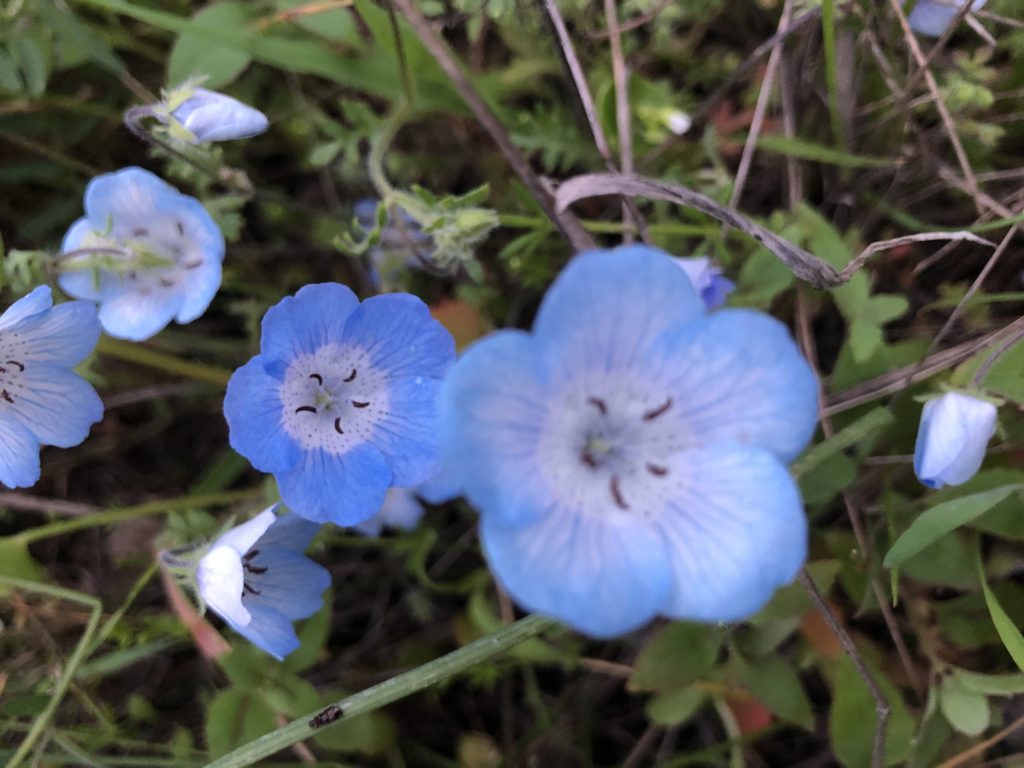
These heavenly blue flowers cover the hillside along the dirt road I live on. 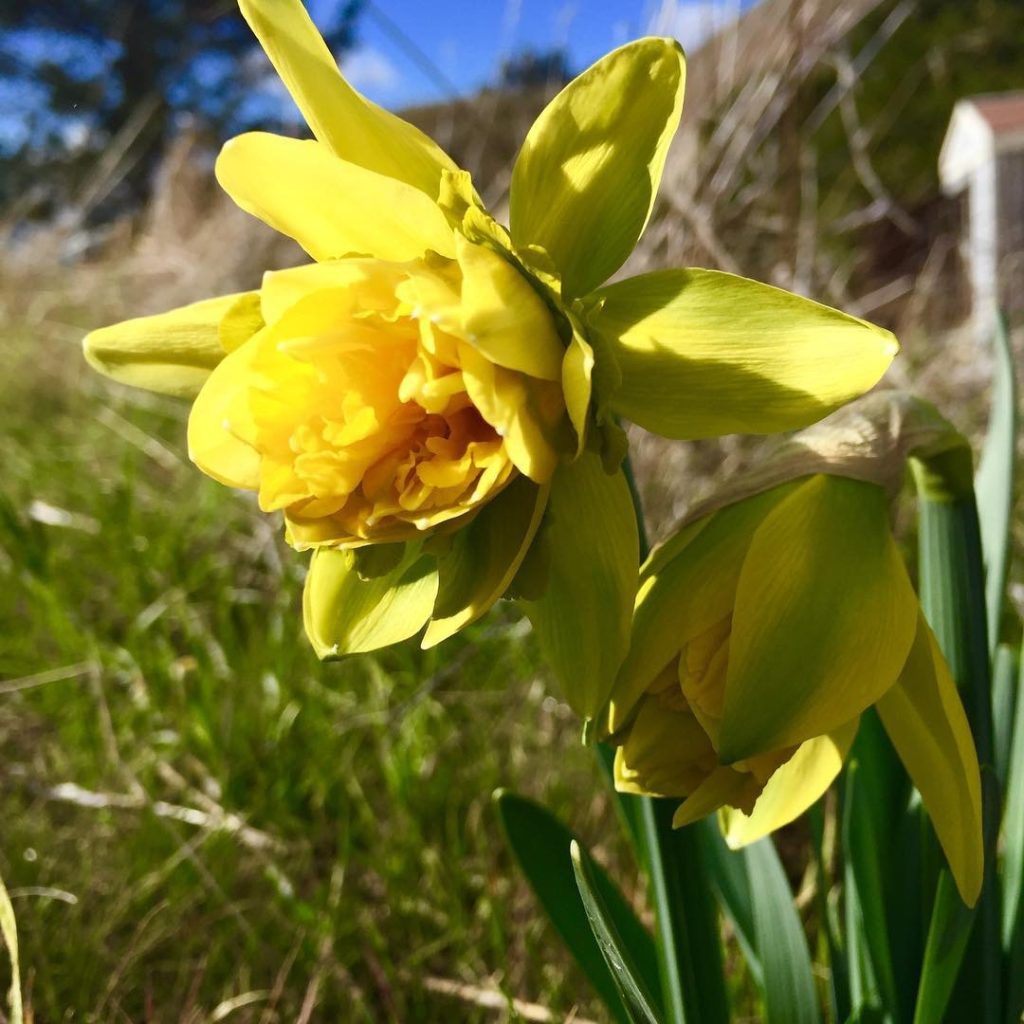
Wild jonquils appear at my farm every spring. “I will be the gladdest thing under the sun! I will touch a hundred flowers and not pick one.”–Edna St. Vincent Milay
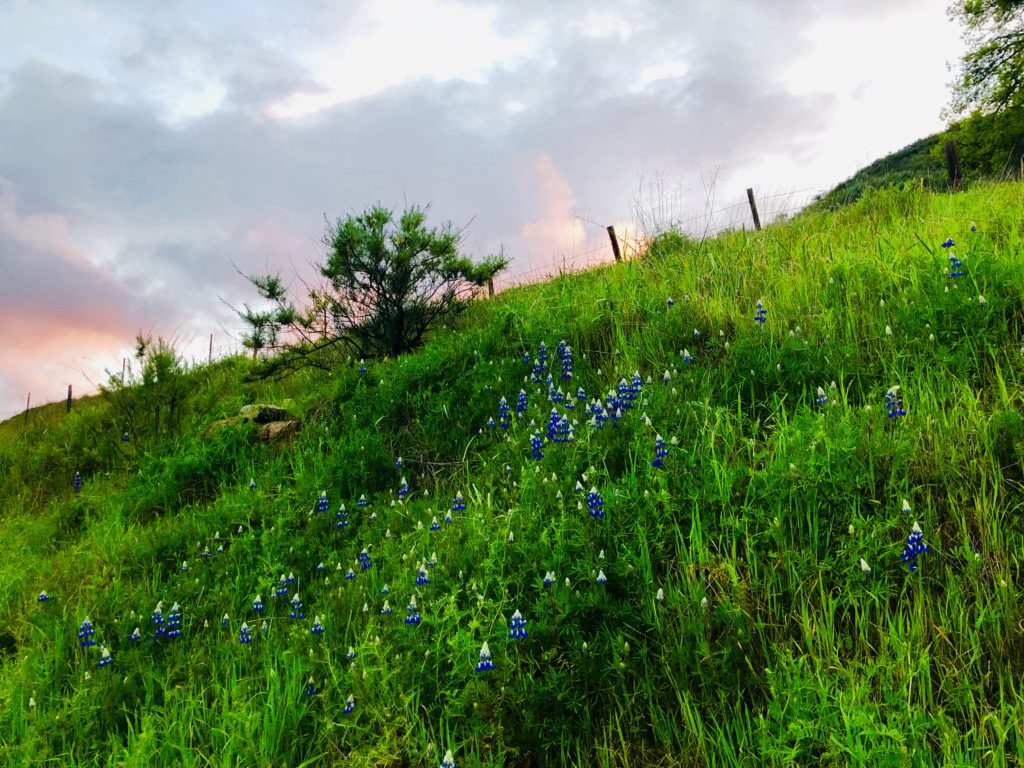
Wild lupines proliferate on the hillsides in Corral de Tierra. 2. Garrapata State Park, located off Hwy 1, is a heavenly place in springtime. You will not only be treated to amazing views of the coastline, but you will also see colorful wildflowers. During my recent visit, I spotted wild irises, poppies, and Indian paintbrush.
“To see a world in a grain of sand and a heaven in a wildflower” –William Blake.

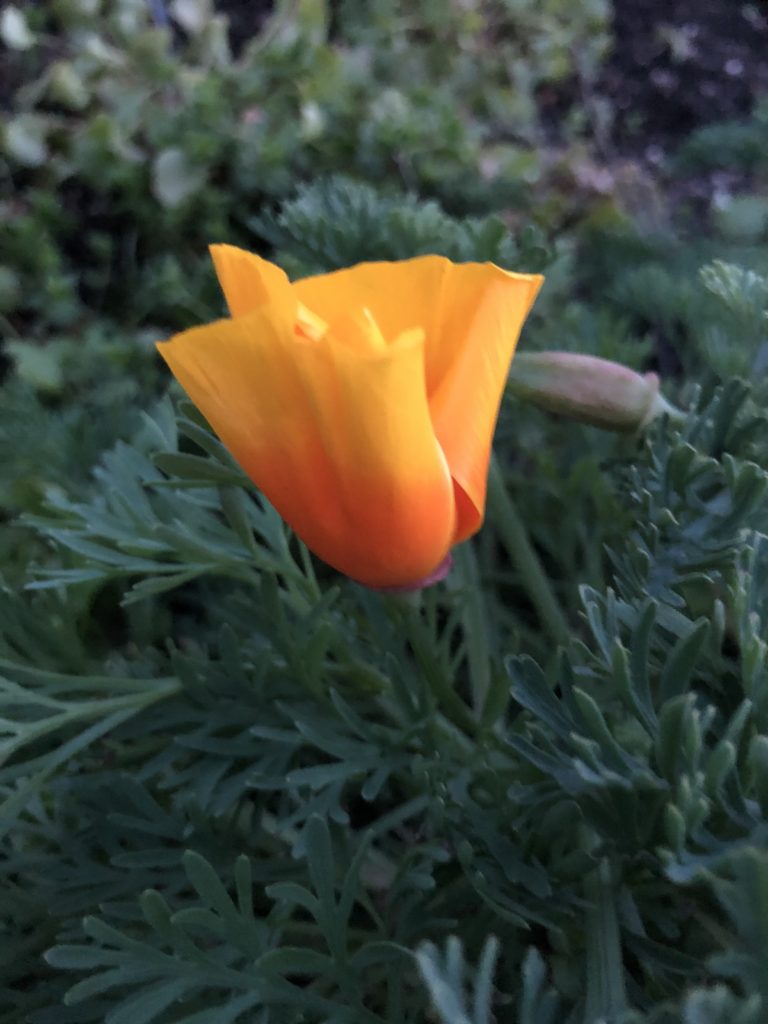 3. Further south, follow meandering coastal trails to Calla Lily Valley. This magical place will soothe your senses. Calla lilies surround Doud Creek as it rushes into the ocean near a secluded beach.
3. Further south, follow meandering coastal trails to Calla Lily Valley. This magical place will soothe your senses. Calla lilies surround Doud Creek as it rushes into the ocean near a secluded beach.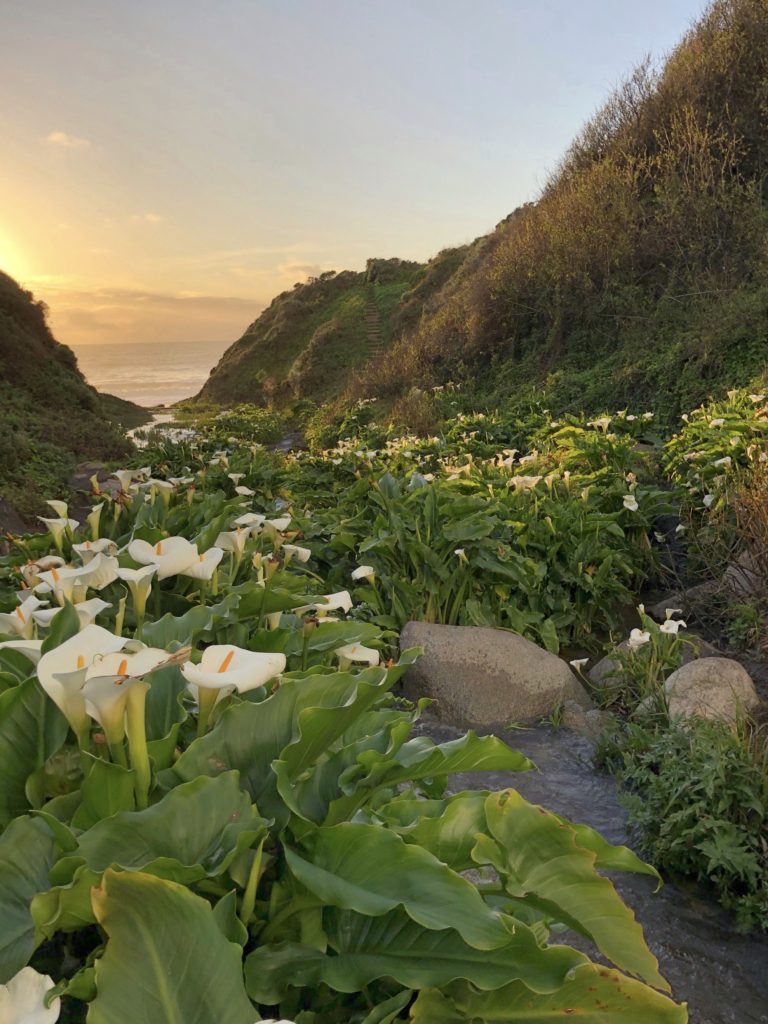 “I think I like wildflowers best,” I explain. “They just grow wherever they want. No one has to plant them. And then their seed blows in the wind and they find a new place to grow”–Rebecca Donovan
“I think I like wildflowers best,” I explain. “They just grow wherever they want. No one has to plant them. And then their seed blows in the wind and they find a new place to grow”–Rebecca Donovan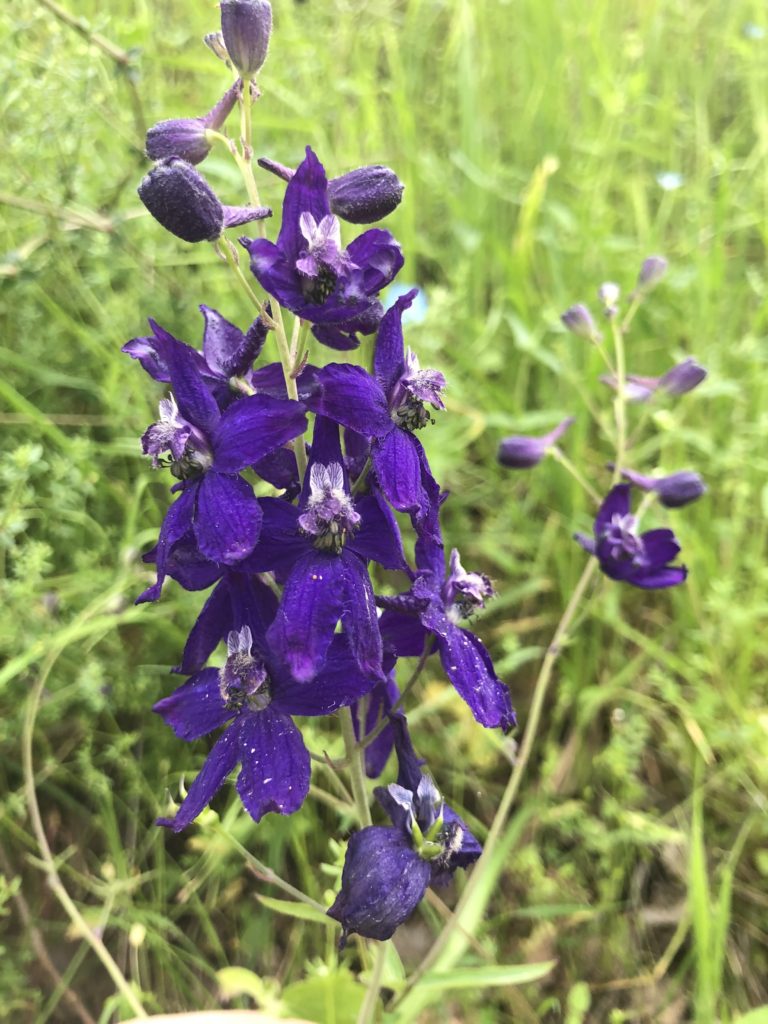 4. Asilomar Beach in Pacific Grove. Beginning in late March and early April, a profusion of ice plants form a brilliant carpet along the coastline here. If you want a truly amazing experience, start at Lovers Point and continue along the Monterey Bay Recreational Trail towards Pebble Beach. You will not be disappointed!
4. Asilomar Beach in Pacific Grove. Beginning in late March and early April, a profusion of ice plants form a brilliant carpet along the coastline here. If you want a truly amazing experience, start at Lovers Point and continue along the Monterey Bay Recreational Trail towards Pebble Beach. You will not be disappointed!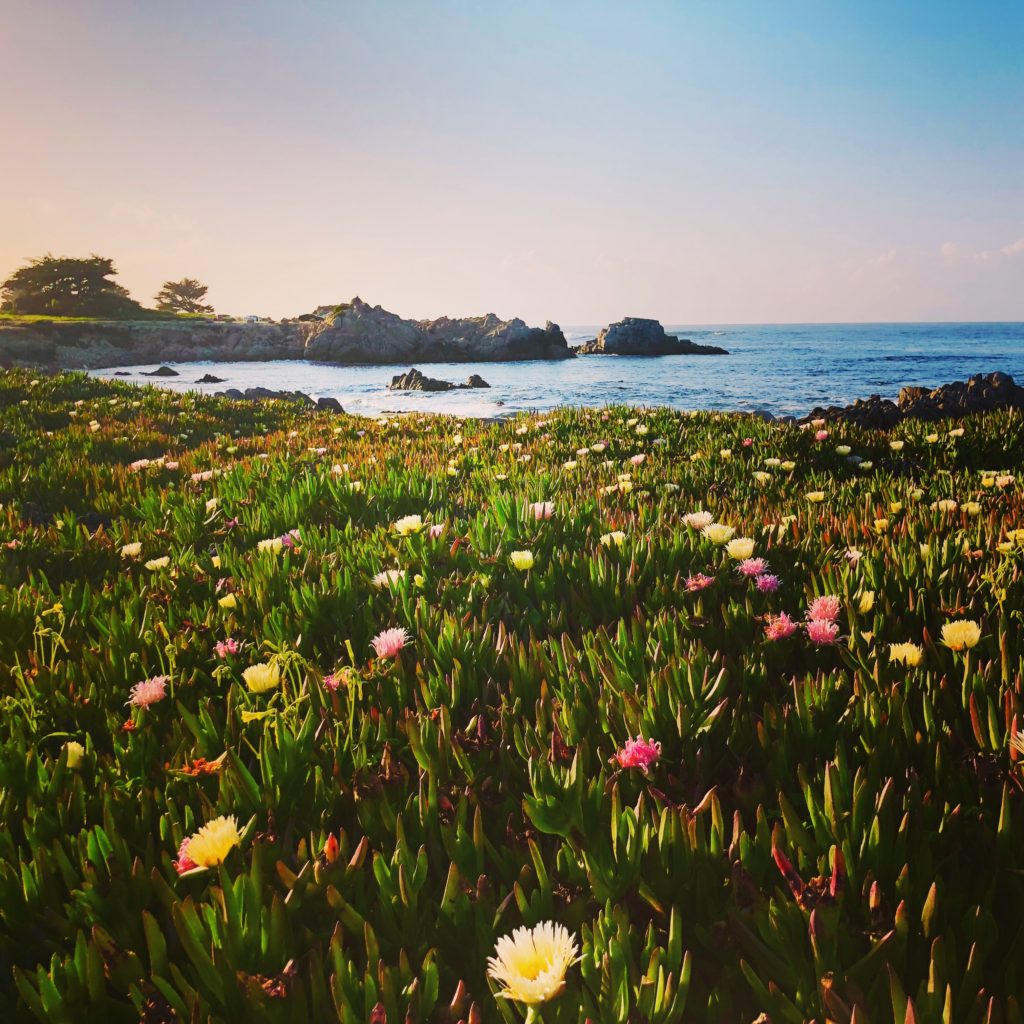 5. Garland Ranch Park. The plethora of trails here offer hikes for every level from beginner to advanced. I have done many different hikes here and I can tell you that spring is a magical time to view wildflowers here. The Terrace trail, in the Garzas Canyon section of the park, is especially popular for monkey flowers and shooting stars.
5. Garland Ranch Park. The plethora of trails here offer hikes for every level from beginner to advanced. I have done many different hikes here and I can tell you that spring is a magical time to view wildflowers here. The Terrace trail, in the Garzas Canyon section of the park, is especially popular for monkey flowers and shooting stars.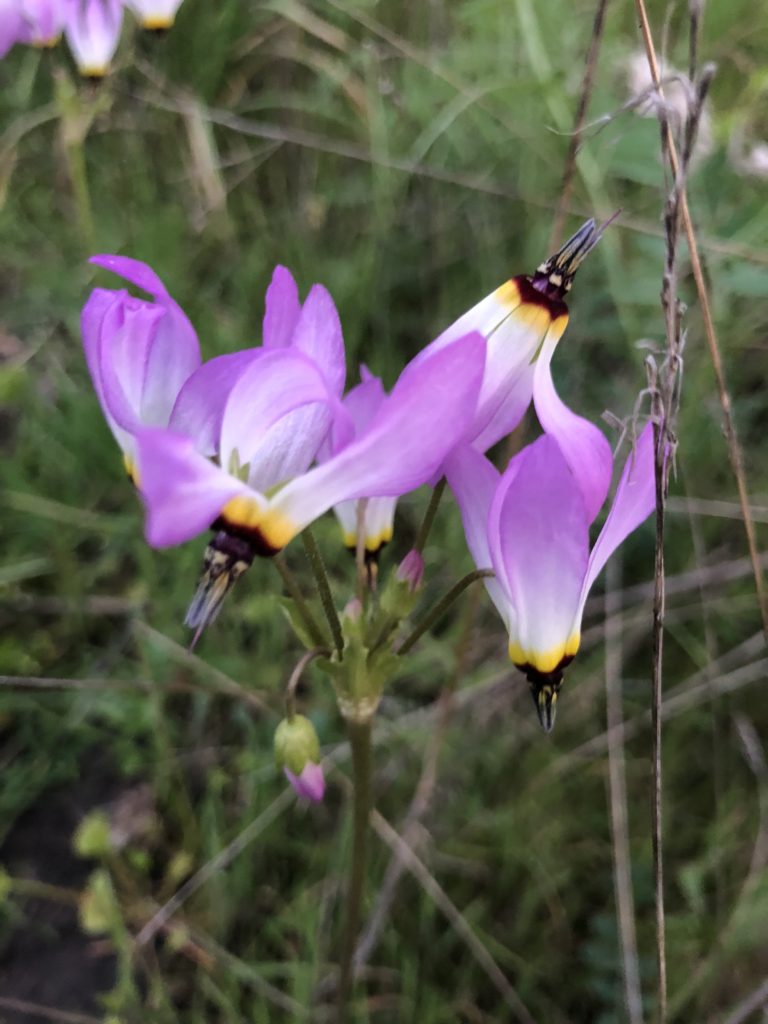
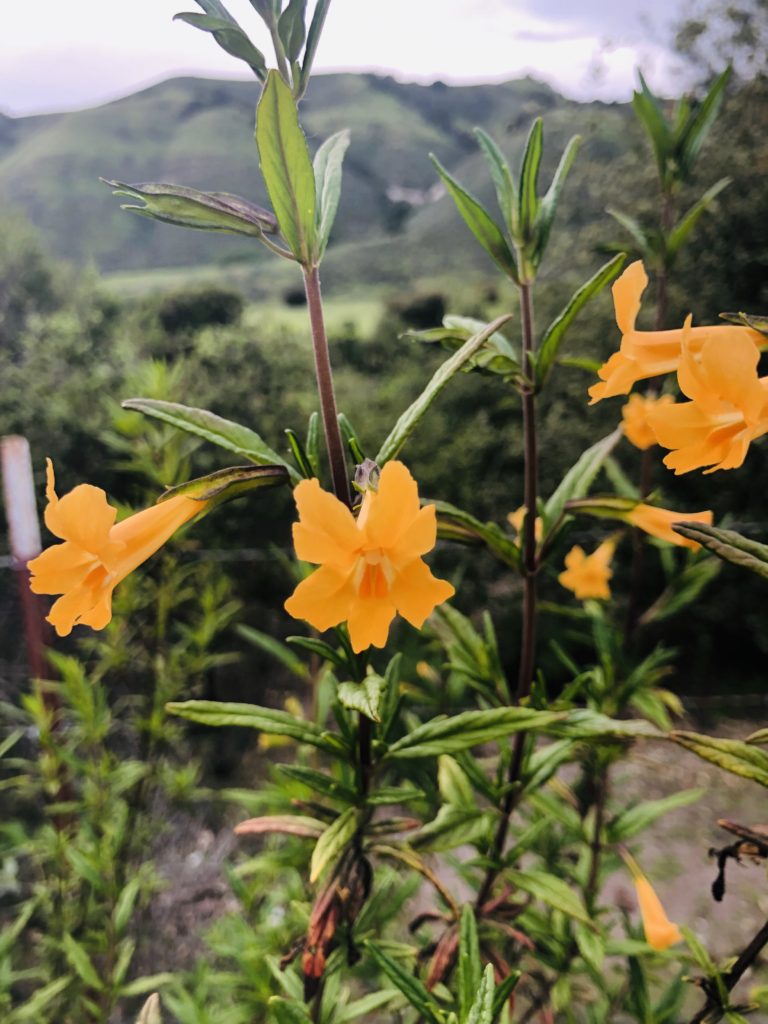
6. Fort Ord Park. This 7200-acre park is home to over 35 species of rare plants and animals, including a myriad of wildflowers. Hiking and biking are popular activities on the trails winding through this popular place, and it is a sure bet that you will spot some lovely wildflowers this time of year.
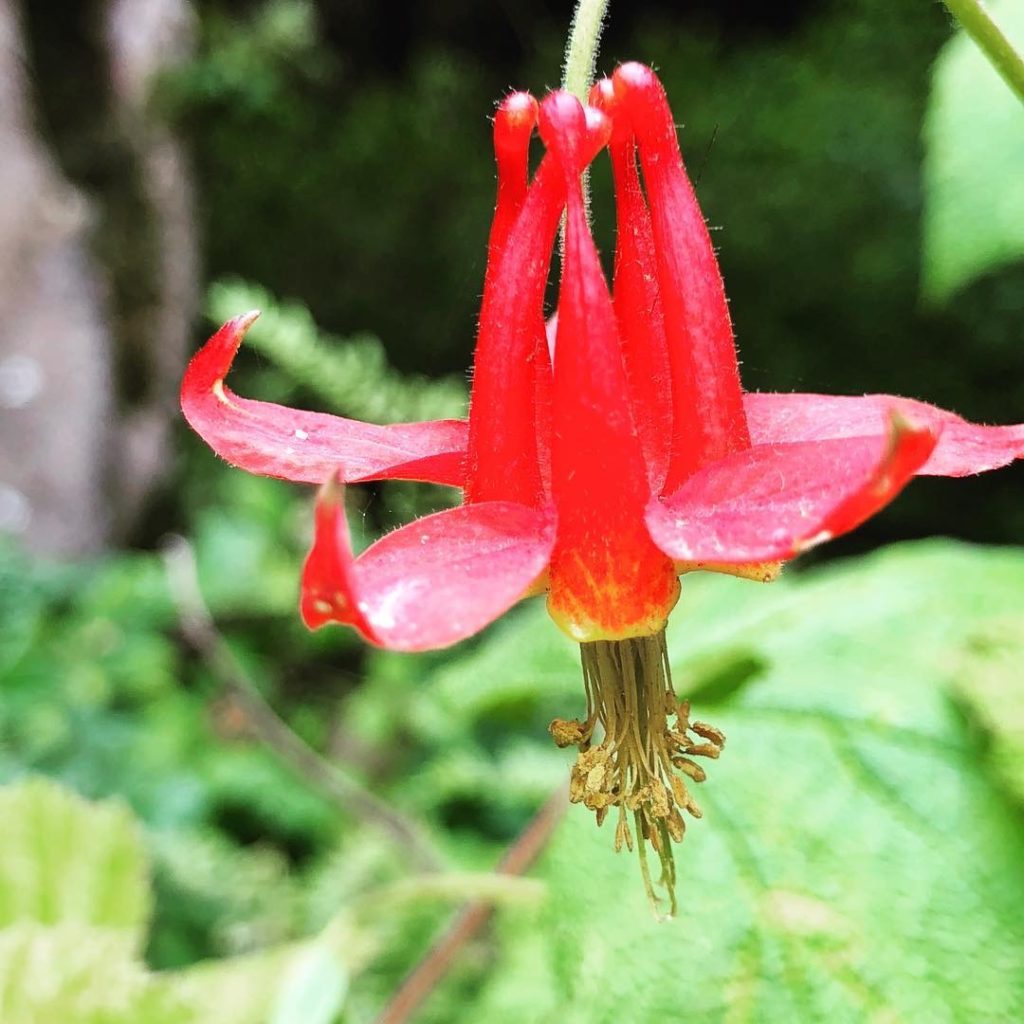
7. Toro Park. Located near Corral de Tierra off Highway 68, this park is also a great place to find wildflowers. Hiking and biking trails abound, offering spectacular vistas of the countryside and beautiful views of the emerging wildflowers.
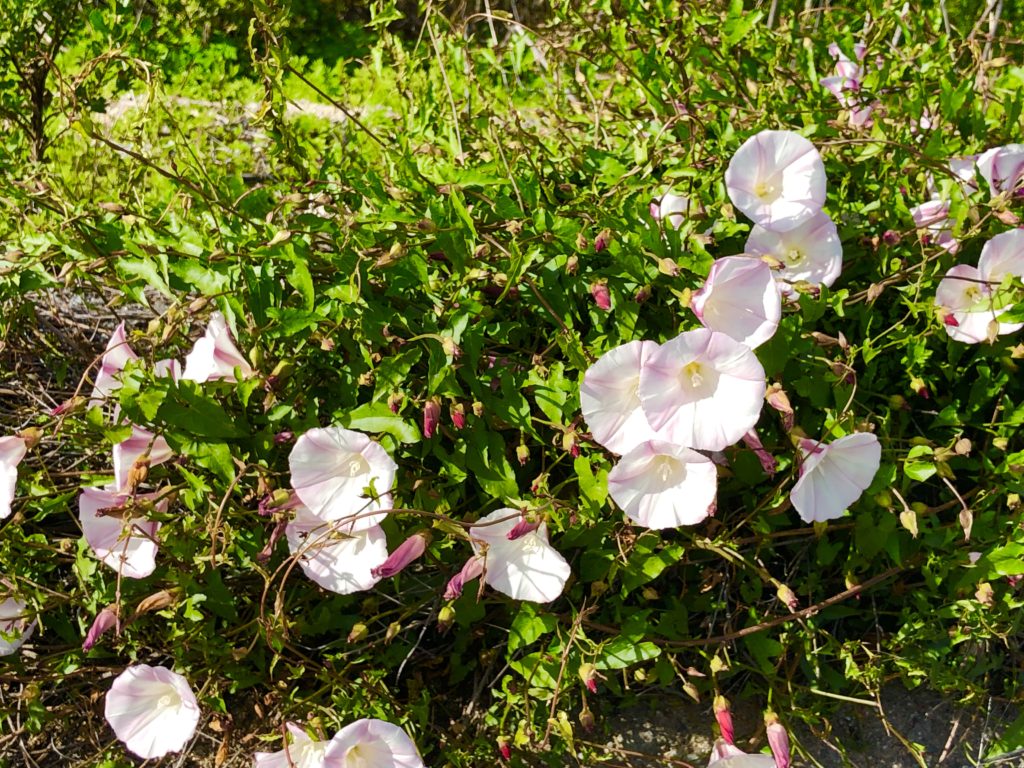
“Love is like wildflowers; it’s often found in the most unlikely places.” –Ralph Waldo Emerson.
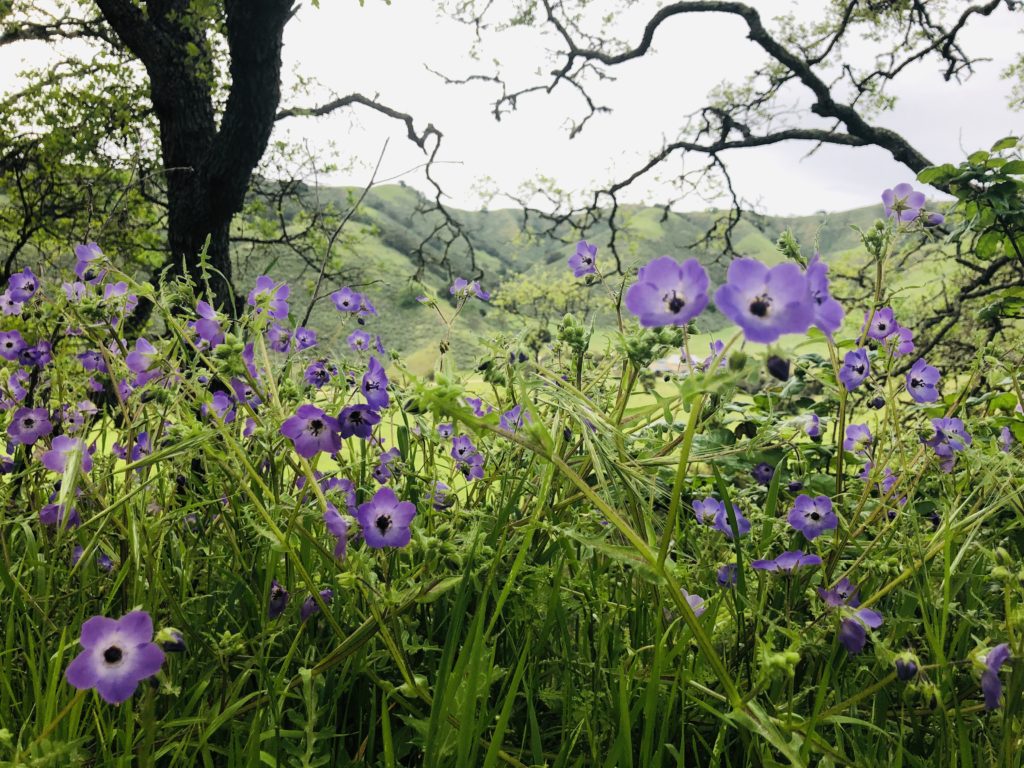
I hope that you are able to enjoy the beautiful wildflowers this spring! Thank you for visiting my blog. Wishing you peace, love, happiness & beautiful vistas!
-
Life in the Country
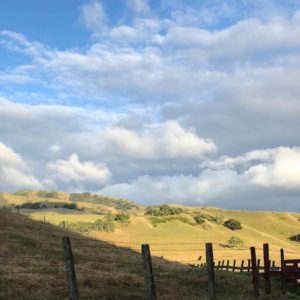
“It’s your road and yours alone. Others may walk it with you, but no one can walk it for you.” This quote compelled me to write about my life on a dirt road in the California countryside.
When you live in the country on a dirt road you will never have a clean car. You will wash it to no avail, as the thick clouds of dust created when you drive on the road will quickly cover your vehicle in a fine gray layer. The dust will waft from the road into your house each time you open a window or door, so that your house can never be kept clean either, no matter how much you dust and sweep.
When you live in the country on a dirt road, you will dread the heavy rains, because you know it will mean a dance with death as you navigate your vehicle along the long slippery stretch hoping you don’t slide into the cliff wall, or worse yet, skid over the other side that plunges seventy-five feet below.
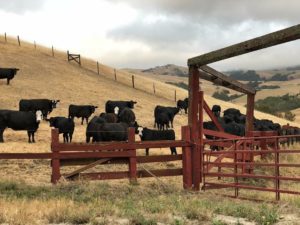
When you live in the country on a dirt road, you learn to watch for sinkholes in the road that start as big around as a man’s arm and suddenly become large enough to swallow your car. You will pass dozens of black cattle peppering the hillside and filling the silence with their gentle mooing. Sometimes one will squeeze through the fence and you will spot it trotting nonchalantly along the road until the ranch hands catch it and return it to the fenced in pasture.
When you live in the country on a dirt road, sometimes you will see a roadrunner darting quickly across or a tarantula crawling slowly along. You will learn the difference between rattlesnakes and bull snakes and learn to set the good black and white striped king snakes free when they become trapped in your garden’s protective netting. You will learn to recognize the ubiquitous poison oak and to avoid touching it lest you break out in the familiar horrible, itchy rash.
When you live in the country on a dirt road you will find that you can’t leave your chickens out past supper time or the Bobcats will get them. You will watch a team of wild pigs running fast near the creek in the quiet dusky evenings. You will hear a pack of coyotes howling just over the hill. You will lie on your back in the night and see every distant star in the galaxy and make a wish on one. You will see the Milky Way floating distantly like an ethereal plate and think about how tiny and inconspicuous you really are.
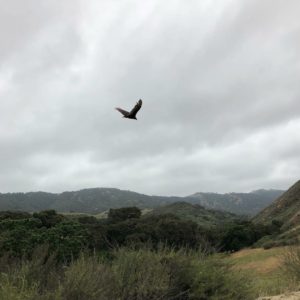
When you live in the country on a dirt road, it is almost two miles to your mailbox, but if you walk to it, you have time to notice the wildflowers: purple lupines, orange sticky monkey flowers, pink shooting stars. You will smell the fresh scent of eucalyptus after the rain. You will see blue jays, magpies and doves sitting on fence posts, quail scuttling along the road, and hawks and vultures swooping and circling rhythmically in the air. And sometimes you will see the hoof prints of deer, and then those of a mountain lion, and then both sets of prints will disappear.
When you live in the country on a dirt road, you wave at everyone you see walking by, and you smile because people are friendly and so are you. Sometimes you stop to chat with a neighbor who lives further down the road. And sometimes you see people you have hiked with in the past, and they will invite you to share a bottle of wine.
When you live in the country on a dirt road, life is good and it is simple. And sometimes, that is all you need.
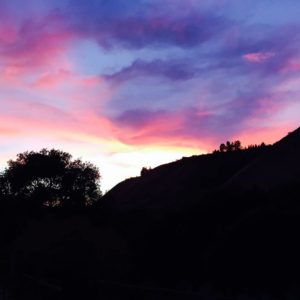
-
Farm Life in the Monterey Countryside in June
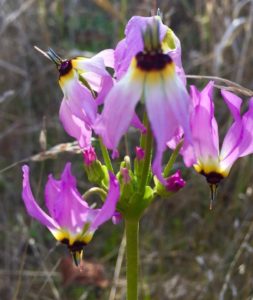
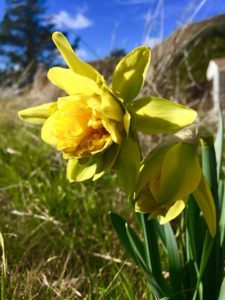
It’s life on the farm as usual. A bluebelly lizard is performing push-ups on the woodpile. He looks at me as if to assess my reaction. My goats, Anushka and Aliyah, are grazing nearby, chewing dead leaves and nibbling the moss on the fence posts. Harold, the rooster, stands nearby, and at times dances over to me, shaking his tail feathers. We have a love/hate relationship, Harold and I. He is either attacking me or flirting with me. He lives with Anushka and Aliyah in the little goat house and I believe he thinks he is a goat. Anushka and Aliyah love to eat, and unfortunately, are starting to eat their goat house just as Hansel & Gretel ate their gingerbread house in the fairy tale. Wildflowers are starting to bloom: pink shooting stars, deep purple lupines, and wild yellow jonquils are scattered over the hillside. Baby quails totter after their parents, who seem to cry out “Be careful! Be careful!” Hopefully, your weekend is filled with much peacefulness and happiness!
